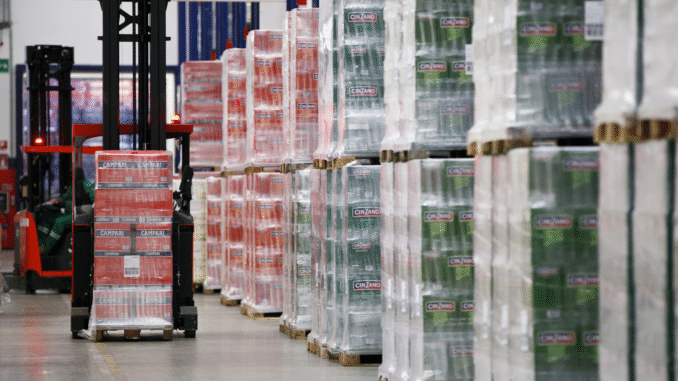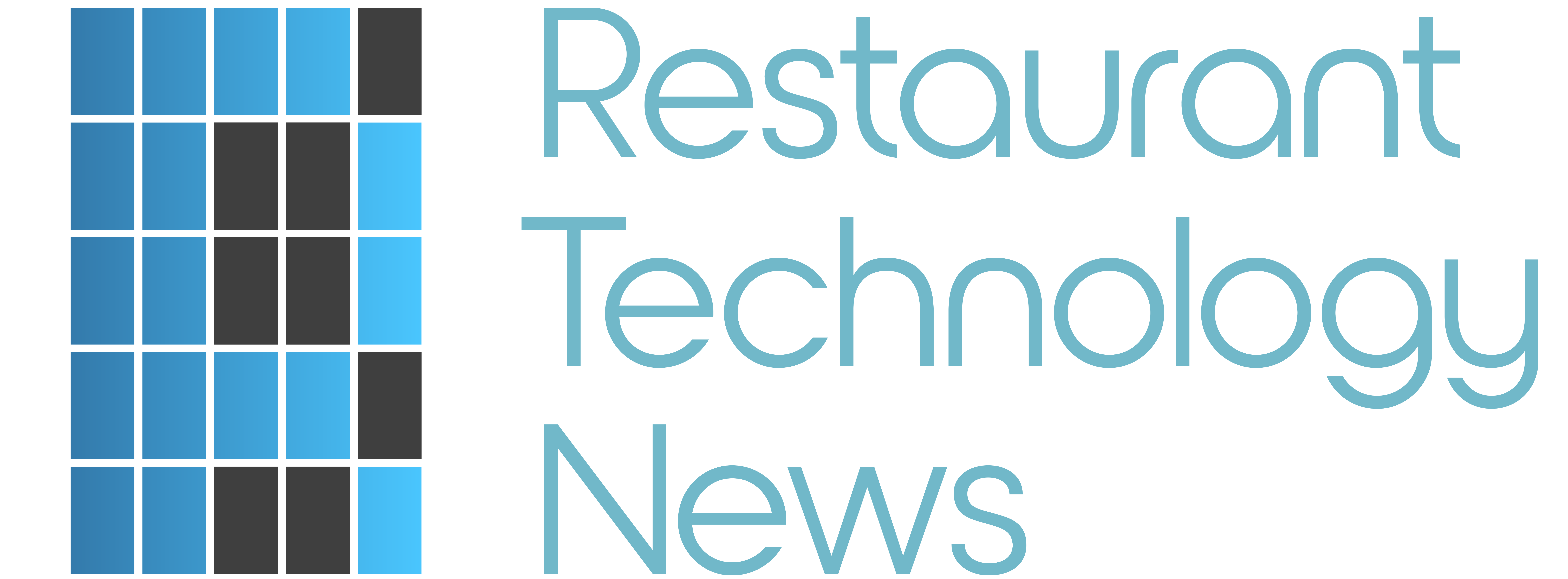
By Nick Fryer, Vice President of Marketing at Sheer Logistics - 5.19.2025
Enhanced Efficiency Through Automation Advancements
Automation offers major benefits that significantly enhance productivity and safety in restaurant delivery operations by reducing human error and increasing throughput. Key benefits include:
- Improved Productivity: Repetitive tasks such as route planning and order dispatch can be streamlined to let staff focus on customer service and food quality.
- Reduced Errors: Automated inventory and delivery confirmation reduce manual entry mistakes that can affect orders and timelines.
- Enhanced Safety: Automating vehicle temperature checks and maintenance scheduling helps ensure food safety and regulatory compliance.
- Scalability: Automated fleet management systems allow multi-unit operators and third-party food distributors to scale delivery volume without adding headcount.
Restaurants and delivery networks embracing automation are better positioned to compete—especially as demand for same-day and on-demand delivery continues to grow.
Seamless Integration of Telematics and Analytics for Optimal Routing
Integrated telematics and analytics solutions enable optimal routing by combining real-time data with AI-powered decision support. Restaurant delivery operators benefit from this real-time intelligence by adjusting routes based on traffic, weather, and customer availability.
Next-generation fleet tracking systems combine inputs from GPS, driver behavior, and vehicle sensors to reduce delays and improve food quality upon arrival. Predictive modeling further enhances efficiency by identifying high-risk delays before they occur—allowing dispatchers to reroute or notify customers in real time.
By providing more accurate arrival times, businesses can build trust with diners and streamline front-of-house prep timing. Real-time tracking can also automate personalized communications, such as notifying customers of delivery ETA, delays, or order status—improving the guest experience.
Safety Improvements Through Technological Synergy
In the restaurant and foodservice sector, delivery safety is critical—for both the driver and the integrity of the goods being delivered. Here’s how technology is making a difference:
- Traffic Management Systems: Provide drivers with real-time updates about road conditions and hazards.
- Driver Assistance Features: Tools such as lane departure warnings and automatic braking help reduce accidents, especially for urban deliveries in tight spaces.
- Wearable Safety Tech: Monitors driver fatigue or health conditions that could impair safe operation.
- Remote Monitoring: Increases security and reduces liability for vehicle theft, tampering, or unsafe food handling.
- Blind Spot Detection and Driver Alerts: Help reduce accidents in dense city environments, especially with larger refrigerated trucks.
By integrating these technologies, restaurant fleet operators can not only improve driver safety and reduce insurance costs but also ensure compliance with food safety and transportation regulations.
Future of Fleet Management: Innovative Trends
The future of fleet management in foodservice logistics is already taking shape with the emergence of new technologies:
- AI and Machine Learning: Predictive logistics can optimize delivery routes and reduce food waste by better managing timing and inventory.
- Electric Delivery Vehicles (EDVs): Offer lower operating costs, quieter city delivery, and reduced carbon emissions—an important sustainability consideration for restaurant brands.
- Autonomous Deliveries: Pilot programs are already underway in some cities, enabling robotic delivery carts and autonomous shuttles for short-distance restaurant deliveries.
- Big Data Analytics: Help forecast peak ordering times, optimize shift scheduling, and monitor regional delivery performance.
- Virtual Reality Training: Can train delivery staff and managers in safety protocols, customer service, and compliance through immersive simulations.
While the potential is massive, deploying these solutions across multiple locations and service zones can be complex and costly. That’s why many restaurant groups and food distributors turn to Fourth Party Logistics providers (4PLs). A 4PL acts as a lead logistics provider, integrating transportation, technology, and supply chain strategy into a unified ecosystem.
With advanced Transportation Management Systems (TMS), 4PLs serve as control towers for restaurant brands—offering full visibility into order flow, fleet tracking, driver behavior, and vendor coordination. The result is centralized management, reduced costs, and higher customer satisfaction.
 Nick Fryer is Vice President of Marketing at Sheer Logistics, a premier provider of logistics and supply chain management solutions. With a deep understanding of the unique challenges faced by shippers competing in today’s marketplace, Sheer Logistics offers customized solutions that help companies optimize their supply chains, reduce costs, and improve efficiency while gaining visibility to actionable business intelligence that empowers better decision-making. Nick has over a decade of experience in the logistics industry, spanning marketing, public relations, sales enablement, M&A and more at 3PLs and 4PLs including AFN Logistics, GlobalTranz, and Sheer Logistics.
Nick Fryer is Vice President of Marketing at Sheer Logistics, a premier provider of logistics and supply chain management solutions. With a deep understanding of the unique challenges faced by shippers competing in today’s marketplace, Sheer Logistics offers customized solutions that help companies optimize their supply chains, reduce costs, and improve efficiency while gaining visibility to actionable business intelligence that empowers better decision-making. Nick has over a decade of experience in the logistics industry, spanning marketing, public relations, sales enablement, M&A and more at 3PLs and 4PLs including AFN Logistics, GlobalTranz, and Sheer Logistics.
Are you an industry thought leader with a point of view on restaurant technology that you would like to share with our readers? If so, we invite you to review our editorial guidelines and submit your article for publishing consideration.

